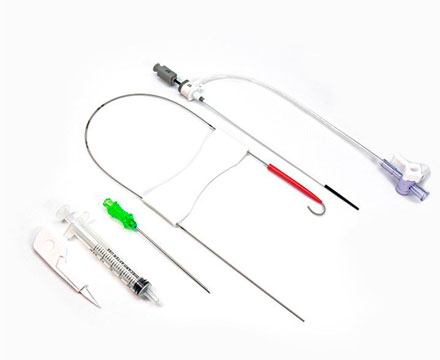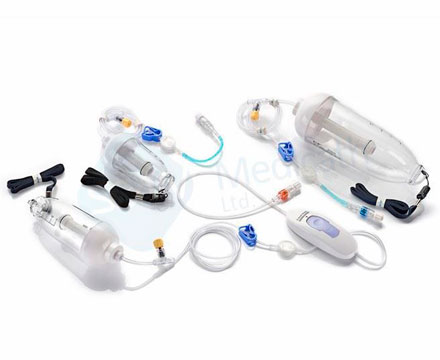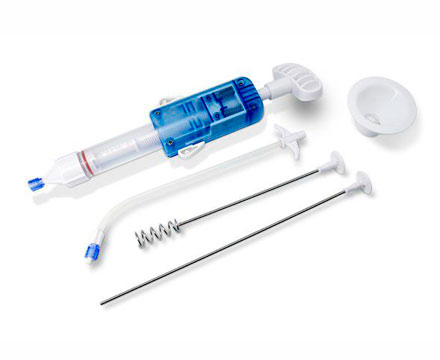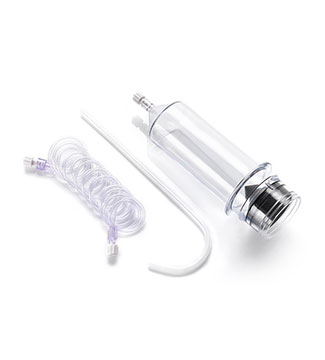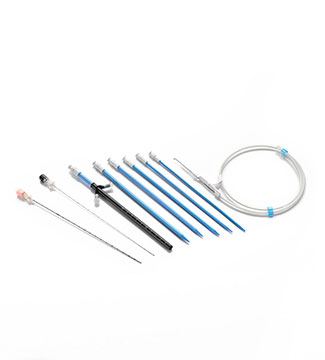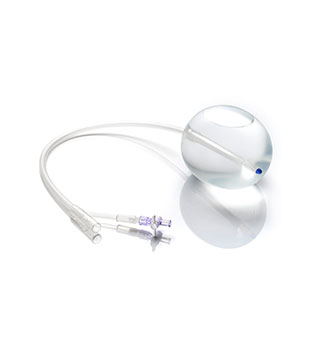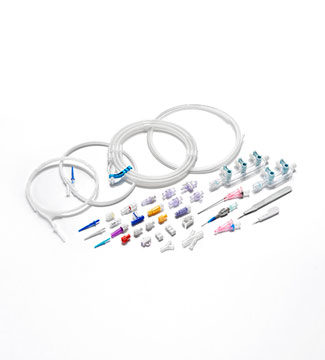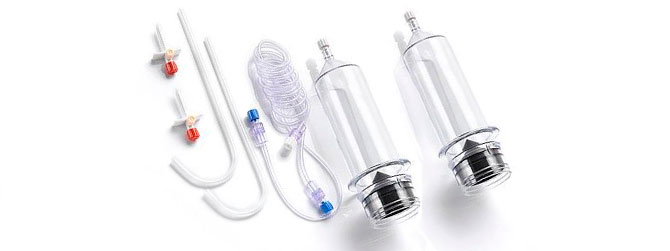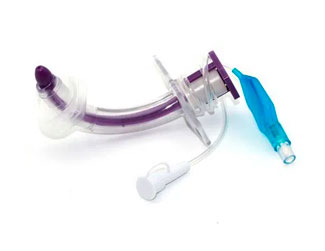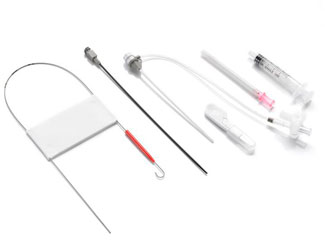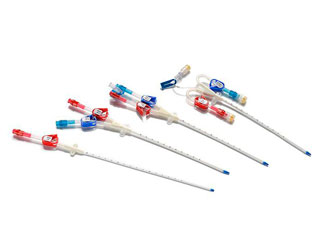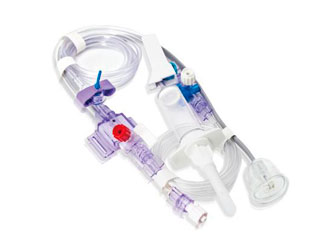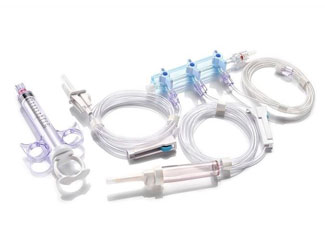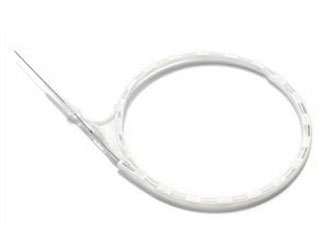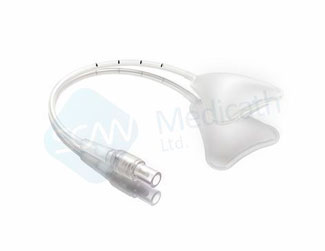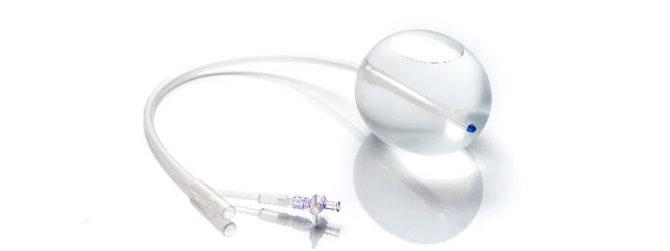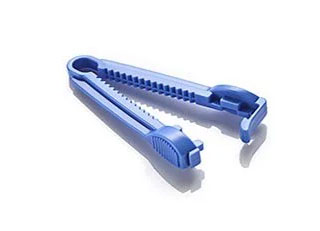Operation steps:
1. Vaginal examination: further verify the horizontal position of the fetal head bone and the ischial spine and the fetal orientation to determine whether the fetal head is commensurate with the pelvis or whether it is suitable for forceps delivery.
2. Preparation before placement of forceps: family members' notification, informed consent, fetal heart rate monitoring, oxygen inhalation if necessary, vein opening, preparation of neonatal resuscitation drugs and items.
3. Forceps inspection: Check the forceps and apply lubricant.
4. Anesthesia: bilateral pudendal nerve block anesthesia or continuous epidural anesthesia, with left episiotomy.
5. Place forceps: Place the left lobe forceps, right lobe forceps, and locking forceps in sequence. The difficulty in buckling indicates that the two-leaf forceps are not placed properly. The two-leaf forceps should be removed, the fetal position should be checked again, and the forceps should be placed again. The vaginal examination should be performed to verify the position of the forceps. Whether there is soft tissue or the umbilical cord between the forceps and the fetal head, that is, when the forceps handle is closed during uterine contractions . The fetal head can be seen by pulling outward and downward along the pelvic axis. When the forehead is exposed at the vaginal opening, the forceps handle can be gradually lifted upward to stretch the fetal head upward.
6. Removal of forceps: Take out the forceps when the biparietal diameter is delivered, and deliver the fetus according to the natural mechanism of labor. After delivery of the fetus and placenta, check the cervix and vagina for laceration in turn, and suture the perineal incision.

 English
English  日本語
日本語  한국어
한국어  français
français  Deutsch
Deutsch  Español
Español  русский
русский  português
português  العربية
العربية  tiếng việt
tiếng việt  ไทย
ไทย  Malay
Malay  हिंदी
हिंदी 
